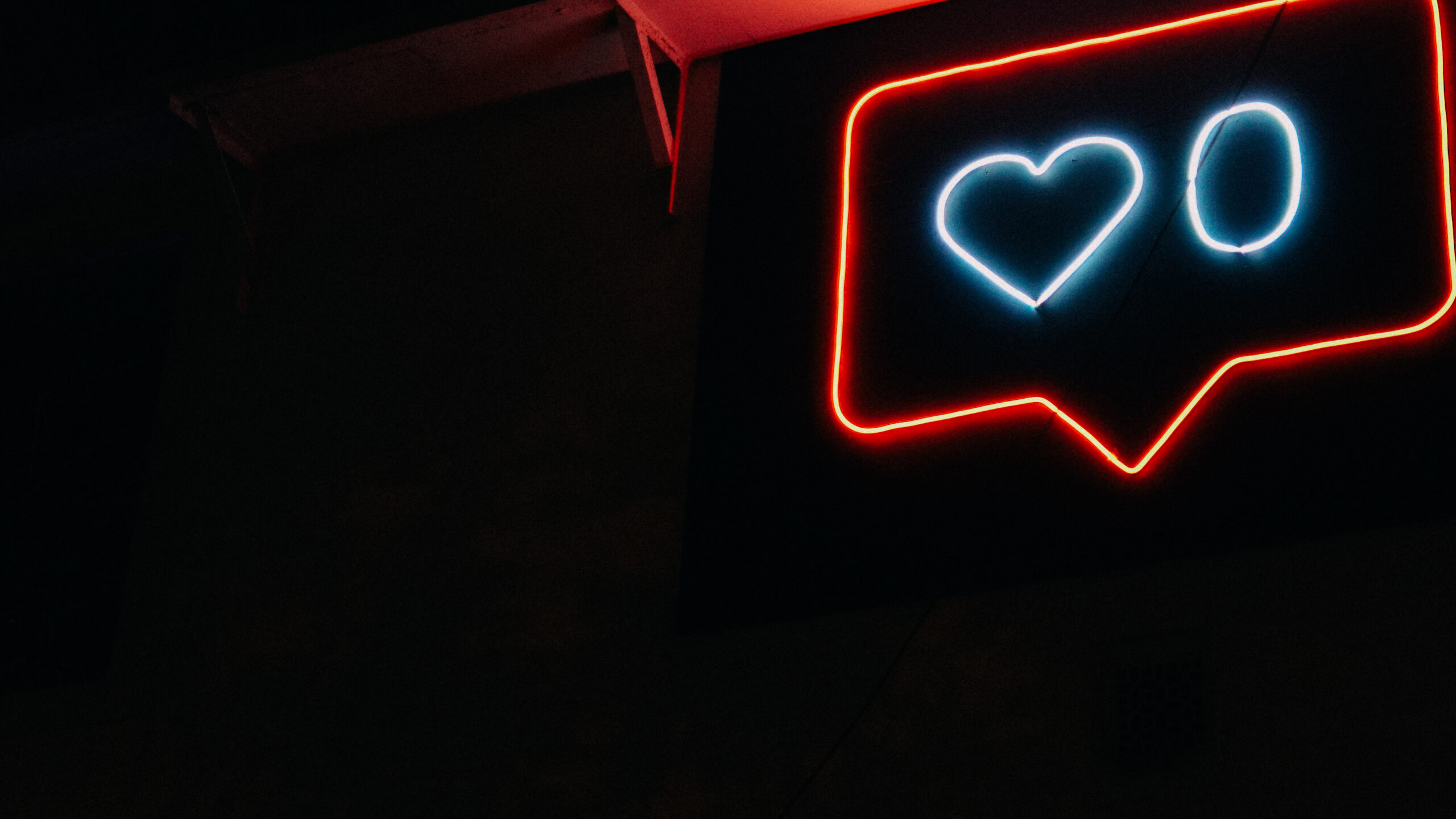The silent forces are the strong forces.
—Fr. Romano Guardini
Interiority breeds interiority.
—Gary Shteyngart
Tweet, text, post. Likes, follows, FOMO. Optimize, expedite, multitask.
This is the life we now lead.
Welcome to the Exterior Life.
In an age of marvelous technology affording instant access to endless pleasures and efficiencies, one would think that we had “arrived.” We have the promise of forever feeling good. But paradoxically, our limitless connectivity and perpetual satisfaction of desire has left us not deliciously sated, but curiously empty. Why, when we have everything we need to be happy, aren’t we fulfilled?
The Exterior Life is the life lived outside of oneself. Now, to be clear, this does not mean you are an outdoorsman, gregarious, or endlessly charitable. The Exterior Life, instead, is the frenetic, unfocused life of distraction and activity hunting for good feelings and affirmation. It longs to be happy and desires peace but is riddled with quiet angst and ill-defined restlessness. It is the antithesis of the Interior Life.
But why would anyone want to live the Exterior Life?
Because they don’t know any other way. It is quite simply what the world has to offer.
The troubled, though insightful comedian Louis C.K. once shared an anecdote embodying the insidious nature of the Exterior Life. Once, while driving and listening to Bruce Springsteen’s song “Jungleland,” he found himself pricked by what he described as a profound sadness. Something from the deep interior was bubbling up, and he immediately felt the urgent impulse to run away from it. “Oh man,” he declared, “I’m getting sad!”
I’ve got to get my phone and write “hi” to fifty people. . . . But as I was reaching for the phone, I said, “Don’t. Just be sad. Stand in the way [of the sadness] and let it hit you like a truck.” . . . And I pulled over and I cried
. . . and it was beautiful. Sadness is poetic. You’re lucky to live sad moments. . . . I was grateful to feel sad, and then I met it with true, profound happiness.
The Exterior Life doesn’t want you to feel sad. Ever. It recoils at the prospect. It wants there to be nothing but pleasure. But this is unnatural. To be fully human is to endure the full range of emotions in response to the broad continuum of life’s experiences. That means that we are destined to experience sadness as well as joy, anger as well as love, restlessness as well as contentment. To live the Exterior Life’s lopsided emotional existence is to bury honest and necessary emotions, to heap tension upon tension while covering them with a yellow smiley face. Such a life involves the willful stunting of our growth until we ultimately become, as Georges Bernanos would describe, horrible undeveloped monsters, stumps of men.
Great minds have warned us about the Exterior Life for centuries. “Put simply,” Pope Benedict XVI observed, “we are no longer able to hear God—there are too many frequencies filling our ears.” Blaise Pascal confessed, “All the unhappiness of men arises from one single fact: that they cannot stay quietly in their own chamber.” And Aldous Huxley, in his novel Brave New World, acutely diagnosed what we miss in a pleasure-drenched dystopia, saying, “Being contented has none of the glamour of a good fight against misfortune, none of the picturesqueness of a struggle with temptation, or a fatal overthrow by passion or doubt.”
That’s why we need the Interior Life.
Cultivating the Interior Life requires silence and humility, slowing down and simply being. It means grappling with difficult truths and onerous duty. It insists that we make an inventory of who we are, as well as who we are to become, what we are doing well, and what we are doing wrong. Most importantly, it asks us to do all of this with God. But the sheer attention (the “present-mindedness”) of the Interior Life can overwhelm and scare us away. Like the shine of a brilliant light, interiority can blind before it illuminates. And sometimes when we turn inward—I mean really inward—we don’t like what we see, so we scramble to turn outward. Anything is better, we shudder, than facing ourselves and our God. While we hunger for the blessings of an Interior Life (peace, joy, and connection to the transcendent), we shrink from the responsibilities. Wanting the best return with the least investment, we settle for the knock-off version. The Exterior Life promises cheap, sparkling ego fixes that vanish too soon and leave nothing but emptiness demanding to be filled once again. The surrogates for God—we are shocked to find—are simply not God.
Though cultivating the Interior Life is difficult, it is worth it. It opens us to headwaters of wisdom and grace, purpose and peace. It is the life we are seeking without fully understanding that we are seeking it.
Fr. Romano Guardini once observed, “The greatest things are accomplished in silence—not in the clamor and display of superficial eventfulness, but in the deep clarity of inner vision; in the almost imperceptible start of decision, in quiet overcoming and hidden sacrifice.”
For many of us, the Exterior Life is the life we now lead. But it doesn’t have to be.
Let’s put the phone down. Let’s blacken our computer screens. Let’s turn off the television and turn to God. Instead of tweeting, texting, and posting, let us pray and think and be.
As St. Augustine reminds,
Let us leave a little room for reflection in our lives, room too for silence. Let us look within ourselves and see whether there is some delightful hidden place inside where we can be free of noise and argument. Let us hear the Word of God in stillness and perhaps we will then come to understand it.
Shall we begin?
